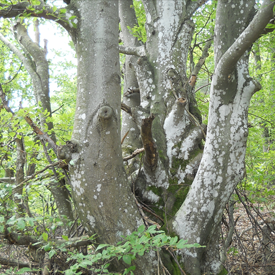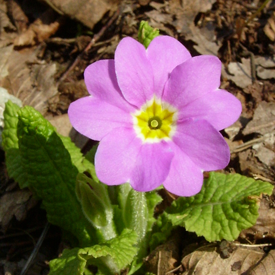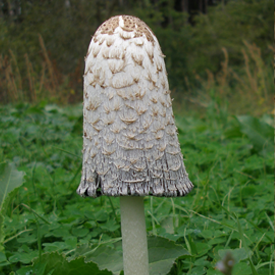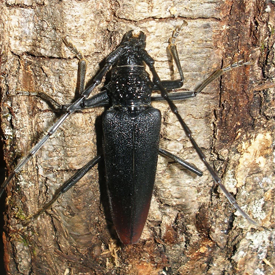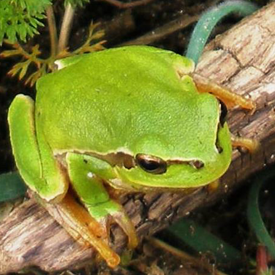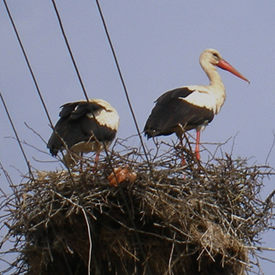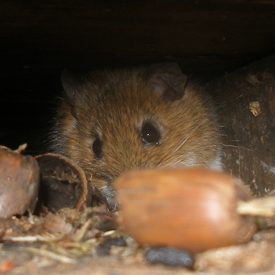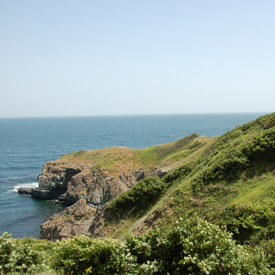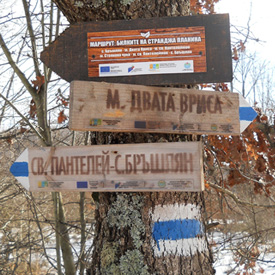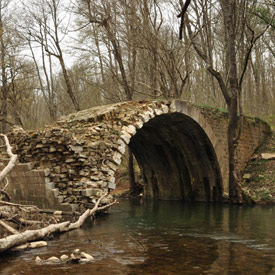-
FORESTSStrandja’s forests represent the most ancient remnants of moisture-loving deciduous tertiary vegetation in Europe. They occupy more than 80% of the mountain area and preserve the biggest oak massif in Europe. The presence of evergreen undergrowth of laurel bushes is typical for the oriental beech and durmast forests.
-
BIRDS269 species of birds can be found within the boundaries of the Park, or two thirds of the entire Bulgarian ornithofauna. The second largest migratory rout of the birds in Europe– Via Pontica passes over Strandja, which brings together the flocks of Northern and Eastern Europe and West Siberia.
-
TOURISMStrandja Nature Park offers adventures for all your senses – for the eyes (unforgettable views, landscapes and meetings with rare species), for the taste (forest fruits, local cuisine and drinks), for the smell (fragrances of the mountain are irresistible), for the ears (the murmur of Strandja’s rivers and brooks and the songs of numerous birds are amazing).

